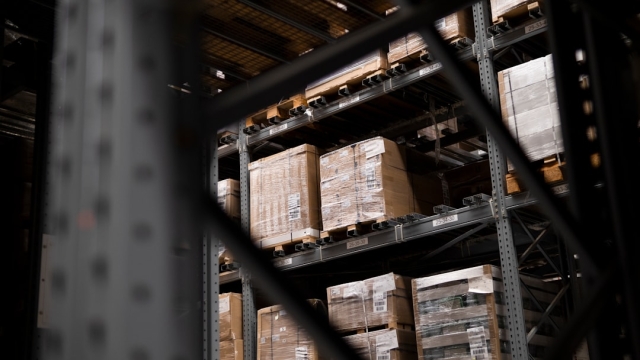In the fast-paced world of food and beverage production, operational efficiency is paramount. Ice production, a critical component in various industries such as hospitality, food preservation, and healthcare, benefits significantly from advancements in automation. Ice production automation refers to the integration of technology to streamline and enhance the process of creating and distributing ice, ensuring a more consistent and reliable supply while reducing manual labor and errors. This article explores the technologies available, the benefits of automation, key features to look for in solutions, real-world implementation examples, and future trends in ice production automation.
Overview of Ice Production Automation Technologies
Ice production automation encompasses various technologies that facilitate the manufacturing and distribution of ice. These include automated ice makers, conveyor systems, and intelligent control systems that monitor and manage production processes. Automated ice makers utilize sensors and control systems to optimize ice production cycles, ensuring that the right amount of ice is produced based on demand. Conveyor systems aid in the efficient transport of ice to storage and distribution points, minimizing handling and improving workflow. Furthermore, data analytics can be integrated to assess production efficiency and identify potential areas for improvement.
Benefits of Automating Ice Production Processes
The benefits of ice production automation are numerous and impactful. Firstly, automation significantly increases production efficiency. By minimizing manual labor, companies can reduce operational costs and allocate staff to more critical tasks. Additionally, automated systems enhance the consistency and quality of ice produced, ensuring that it meets industry standards. This is particularly important in sectors like food service, where the quality of ice can influence customer satisfaction. Moreover, automation can lead to better inventory management, as systems can be programmed to produce ice based on real-time demand, reducing waste and ensuring a steady supply.
Key Features to Look for in Ice Production Automation Solutions
When considering ice production automation solutions, several key features should be prioritized. Firstly, look for systems with advanced monitoring capabilities, which allow operators to track production metrics and identify potential issues before they escalate. Energy efficiency is another critical feature; automated systems that consume less energy can lead to significant cost savings over time. Additionally, scalability is important; as business needs change, the solution should be able to adapt and expand accordingly. Finally, ease of integration with existing systems is crucial to ensure a seamless transition and minimize disruption to operations.
Case Studies: Successful Implementation of Ice Production Automation
Real-world examples of successful ice production automation highlight the tangible benefits of these technologies. For instance, a large hotel chain implemented an automated ice production system that reduced labor costs by 30% while increasing ice output by 50%. The hotel reported not only cost savings but also enhanced guest satisfaction due to the consistent availability of high-quality ice. Another example can be found in the healthcare industry, where a hospital integrated automated ice machines in its food service department. This resulted in improved efficiency in serving meals and ensured that ice was readily available for patient care without delays.
Future Trends in Ice Production Automation
As industries evolve, so too will the technologies that support ice production. Future trends in ice production automation are likely to focus on even greater integration of artificial intelligence and machine learning. These advancements will enable systems to predict demand more accurately and optimize production schedules accordingly. Additionally, sustainability will play a pivotal role, with a push towards eco-friendly materials and processes that reduce the environmental impact of ice production. The continued evolution of the Internet of Things (IoT) will also facilitate enhanced connectivity between machines, allowing for real-time data sharing and more efficient operational management.
In conclusion, ice production automation represents a significant opportunity for businesses seeking to enhance efficiency, reduce costs, and improve product quality. By embracing the technologies available, understanding the benefits, and staying informed about future trends, organizations can position themselves for success in an increasingly competitive landscape. For more insights and solutions related to ice production automation, consider exploring the offerings at CN Ice.


